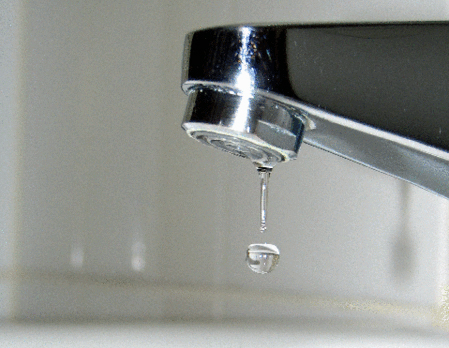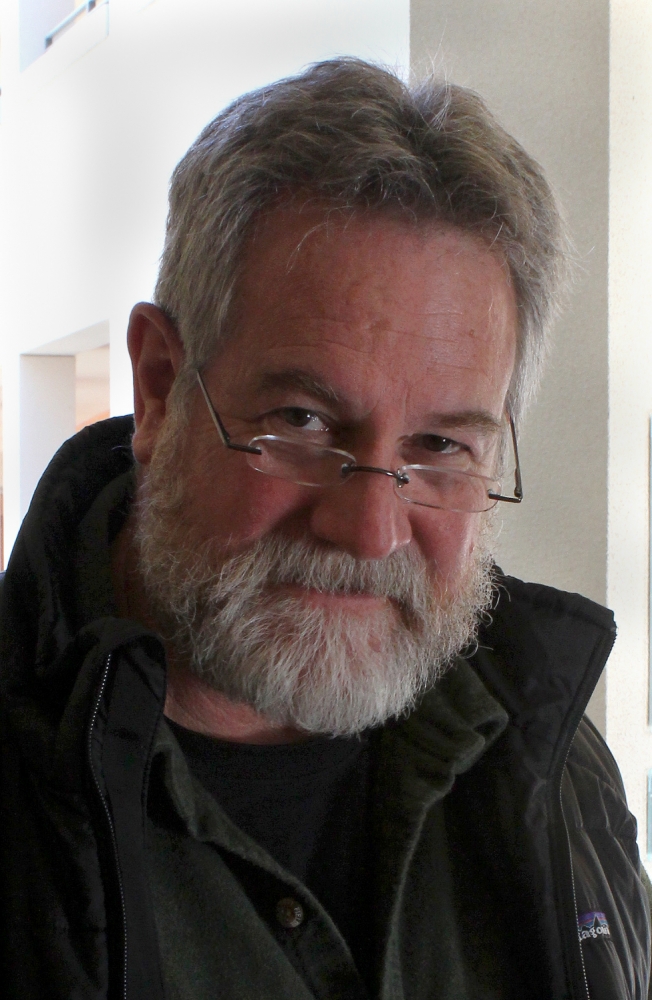
Counting Every Drop

South Santa Barbara County is no stranger to water shortages. Whether because of population growth, increased agricultural and other water-intensive operations or drought, the history of the area is punctuated by efforts to obtain more water. And yet, especially in wet years when the reservoirs are full and Lake Cachuma spills, people seem to have no idea that the next shortage may be just around the corner.
“I like to use a quote by John Steinbeck from ‘East of Eden,’” said Matthew O’Carroll, refuse, recycling, and water efficiency manager for the facilities management department at UC Santa Barbara. “‘And it never fails that during the dry years people forgot about the rich years, and during the wet years they lost all memory of the dry years. It was always that way,’” he said, quoting the quintessentially Californian author.
To break that cycle of forgetfulness, especially in light of the worst drought in California history, UCSB and Goleta Water District (GWD) are starting a Community Lecture Series on critical and state water issues. The series, called “Water (we going to do)?” is aimed at informing the UCSB and local communities of the way our local and regional water infrastructure works, what issues affect supply and delivery and what users can do to assure themselves and their community of an adequate supply through these dry years. The series is free and open to the public.
“Water is California’s most precious resource,” said O’Carroll. Last year, O’Carroll, then a Bren School of Environmental Science & Management grad student, and five fellow students developed a Water Action Plan that includes water infrastructure improvements, operations optimizations and administrative recommendations to save and conserve water across campus. The plan was the first of its kind in the UC system. And it couldn’t come too soon: Santa Barbara County is among the worst hit by drought conditions in the state.
The first session of the series, titled “California’s Water Resources and Our Drought,” will provide an overview of the state’s water resources and drought actions. Bob Wilkinson, professor in the Bren School and in the Department of Environmental Studies, will discuss the water conveyance systems in California, what the drought means for the state’s water supplies and actions being undertaken by state agencies. Presentations will also be made by other speakers from UCSB and by representatives from GWD. A second session will include updates on the precarious water situation and responses by local agencies, and the third session is expected to review the drought conditions as the summer progresses.
“My hope is that community members will leave each lecture with a better understanding of how much water they use and they will be inspired to implement specific water saving actions such as reducing landscape irrigation as the drought continues,” said Misty Williams, the water conservation coordinator for Goleta Water District. GWD has already declared a Stage 1 water shortage and has asked its customers to voluntarily reduce water usage by 20 percent.
The first session of the series will be on Tuesday, May 20, from 7 to 8:30 p.m. at UCSB’s Bren Hall, Room 1414. After 5 p.m. visitors can park in Lot 10 and Lot 6 with a valid visitor permit.



